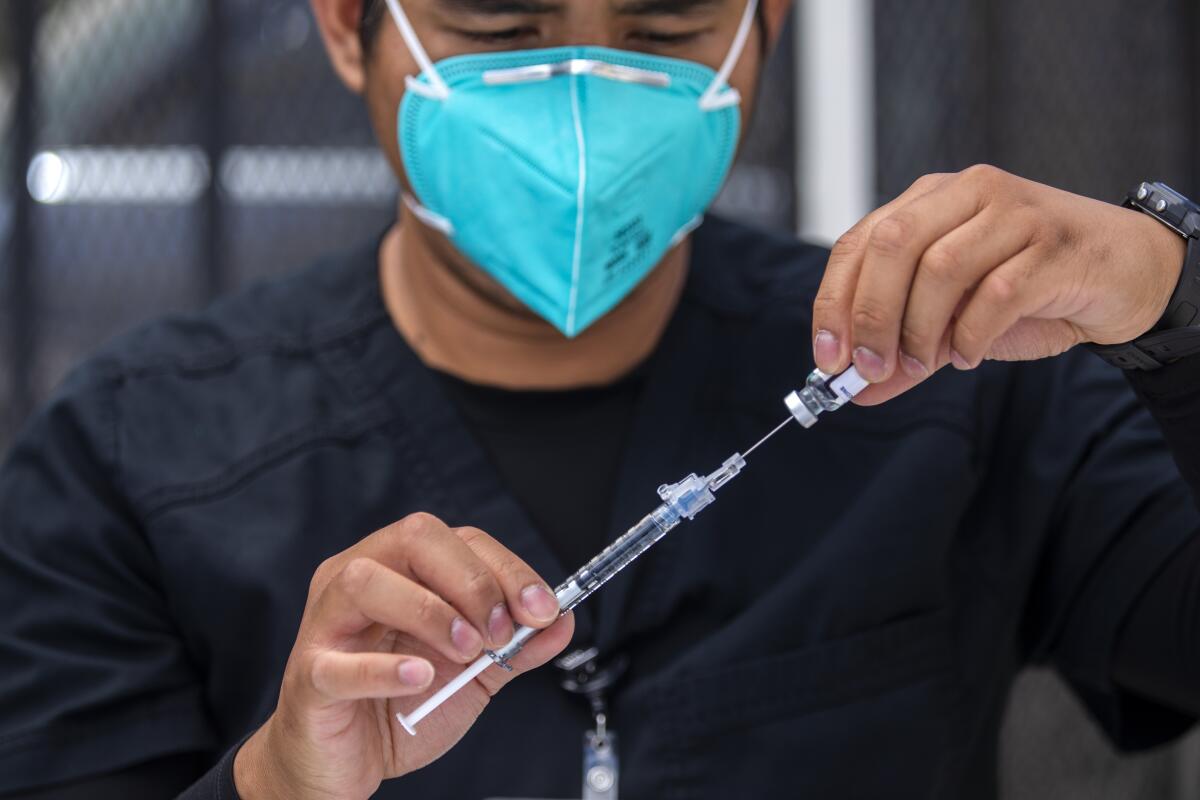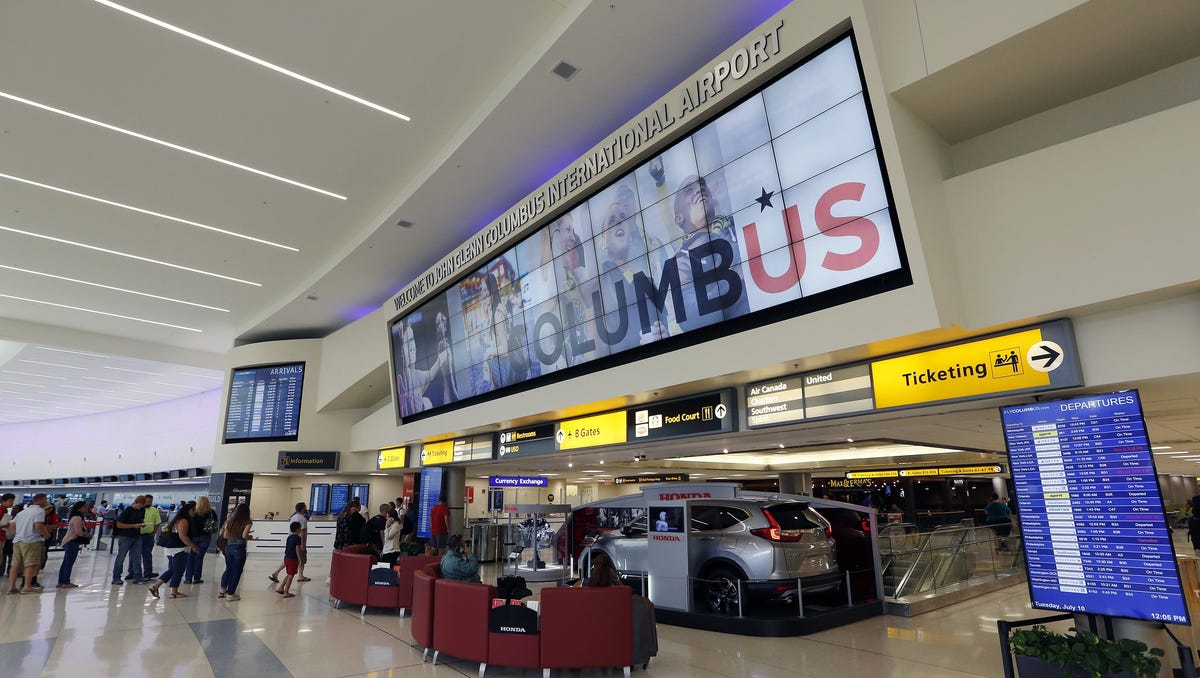Bussiness
California’s last nuclear plant is a risky, costly business

Good morning. It’s Monday, Aug. 26. Here’s what you need to know to start your day.
Why Diablo Canyon is a risky business
When you watch TV, run your AC or charge your phone overnight, a portion of the energy you’re using may have come from the Diablo Canyon nuclear power plant.
The PG&E-run facility — perched on the edge of the Central California coast — runs around the clock, generating electricity thanks to massive copper coils spun rapidly by steam generated by nuclear fission.
The plant is central in an ongoing debate over California’s energy future, Noah Haggerty, a mass media fellow at The Times, explained this week. Key arguments center on the skyrocketing cost of nuclear energy and the risks of an earthquake leading to nuclear disaster.
“As Gov. Gavin Newsom’s administration looks to the aging reactor to help ease the state’s transition to renewable energy, Diablo Canyon is drawing renewed criticism from those who say the facility is too expensive and too dangerous to continue operating,” he wrote.
Nuclear energy has become a costly power source.
It used to be that wind and solar power cost orders of magnitude more than producing electricity at a nuclear plant.
But the high demand for renewable energy spurred technological advances that have drastically reduced those costs. The state has been ramping up its power storage capacity, which cuts against one argument for nuclear power — that it’s needed to keep the lights on when there’s no sun or wind.
Nuclear energy now costs about double what those other sources do, Noah reported.
In recent years, nuclear plants have racked up costs because of more outages and equipment being replaced. MIT researchers in one study also pointed to higher costs from research and development. They also cited decreased worker productivity, possibly due to low morale.
Another reason for rising costs are safety requirements, many of which were put in place after the Fukushima disaster in Japan in 2011, when a powerful earthquake and tsunami led to a nuclear meltdown.
Tom Jones, a senior director at PG&E, talks on Aug. 9 about how the Diablo Canyon nuclear power plant operates.
(Genaro Molina / Los Angeles Times)
Earthquakes remain the key risk for the plant.
They make up about 65% of the assessed risk for the worst possible meltdown, Noah noted, because of nearby fault lines.
If an earthquake were to occur and critically damage the plant before operators could shut down the nuclear fission happening inside, the unchecked reaction would create a meltdown.
If that were to happen, the clean energy source could essentially become a giant dirty bomb, spewing radioactive material into the atmosphere faster than nearby communities could evacuate.
If you’re one for probabilities, here are a couple for you:
“Every year, nearby residents have roughly the same chance of seeing a nuclear meltdown as dying in a car crash,” Noah wrote. “Also, in any given year, they’re about 50 times more likely to face a mass-casualty radioactive catastrophe than get struck by lightning.”
Officials at the PG&E plant point to their many earthquake precautions, including reinforced infrastructure designed to prevent collapses, plus immersive simulations to train operators for the worst-case scenario.
Critics have voiced concerns that regulators have overlooked and lowballed some of the seismic safety risks.
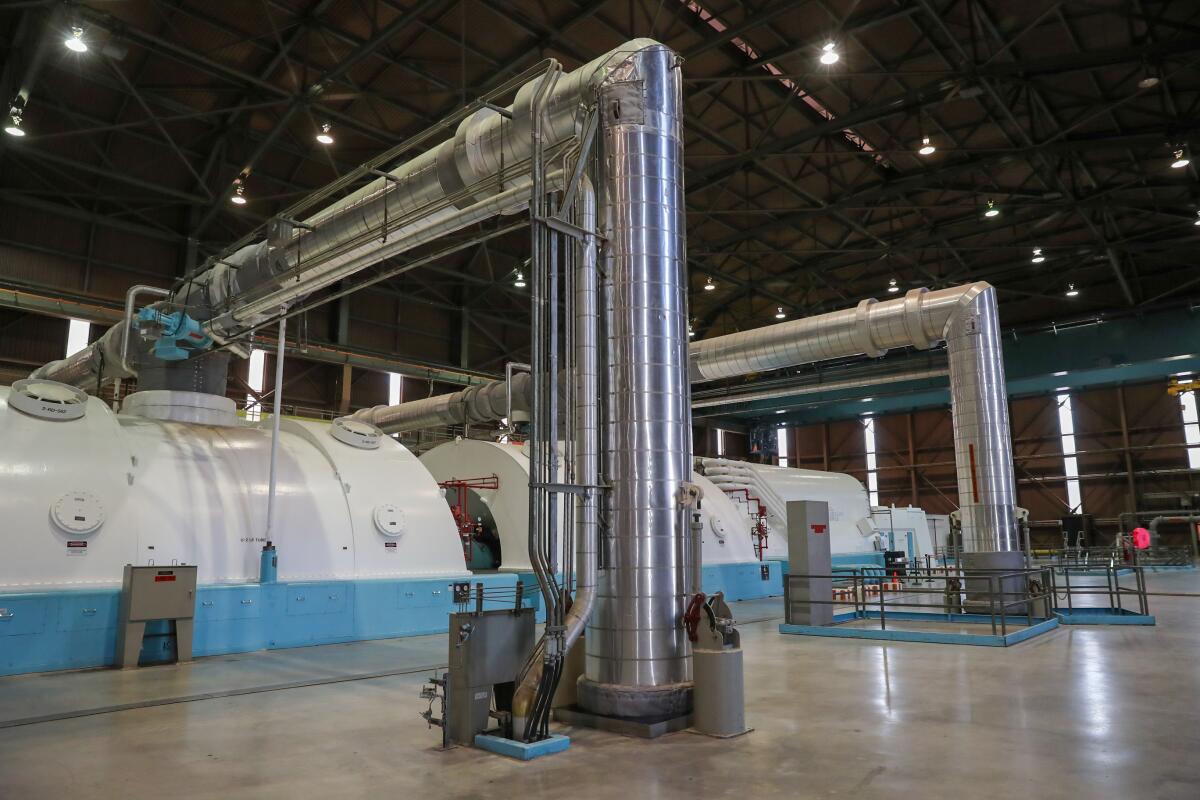
A massive generator runs at Diablo Canyon, the only operational nuclear plant in California.
(Brian van der Brug / Los Angeles Times)
Diablo Canyon was slated to start closing this year. Then Gov. Gavin Newsom stepped in.
Back in 2016, PG&E agreed to close its plant when the operating licenses expire in November 2024 and August 2025.
But in some last-minute legislative maneuvering, Newsom struck a deal to keep the plant running until 2030, which federal regulators later approved.
Newsom argues that keeping Diablo Canyon running is vital to protect against blackouts in the state and “provide an onramp for more clean energy projects to come online.”
In recent years, Californians’ attitudes on nuclear power have shifted.
A 2022 poll from the UC Berkeley Institute of Governmental Studies, co-sponsored by The Times, found that 44% of state voters supported building more nuclear reactors in California, while 37% of those polled were opposed. Another 19% were undecided.
You can read Noah’s full story here.
Today’s top stories
Health, science and environment
Politics and power
Crimes, courts and policing
More big stories
Get unlimited access to the Los Angeles Times. Subscribe here.
Today’s great reads
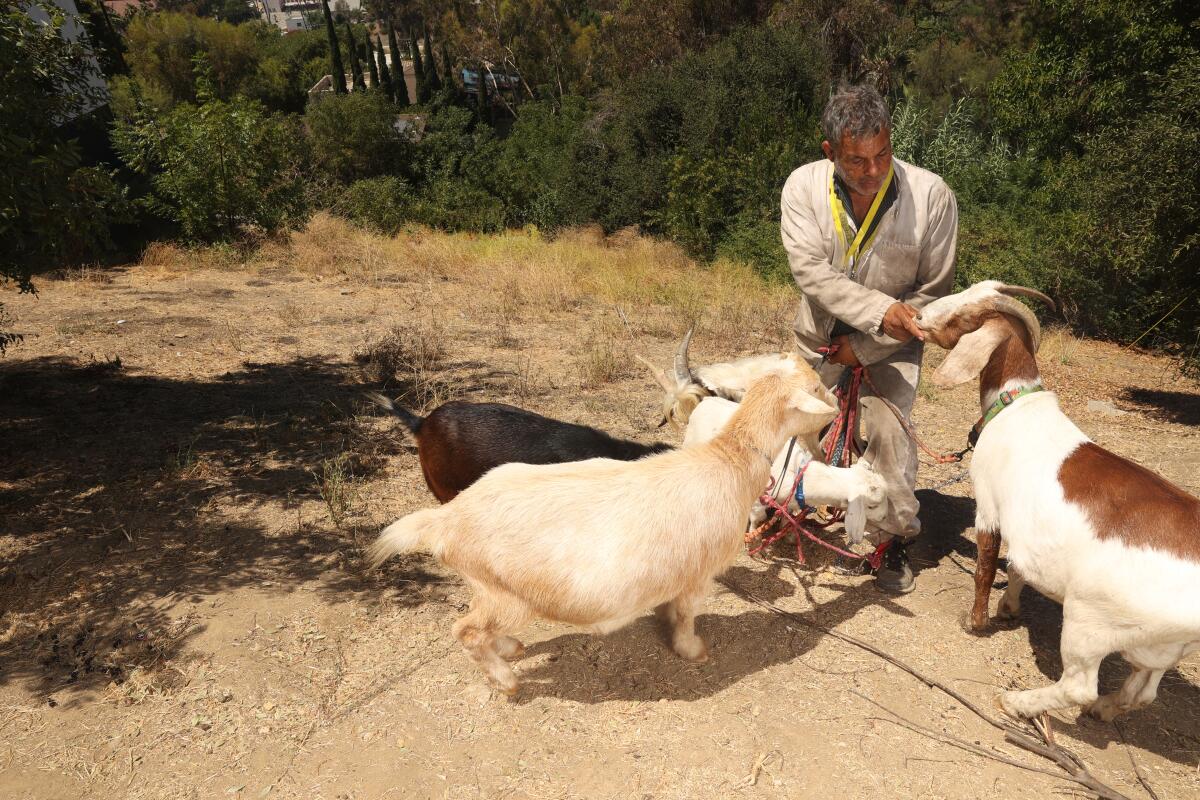
Dael Wilcox poses for a portrait while feeding his five goats on Aug. 21, 2024, in Los Angeles.
(Michael Blackshire / Los Angeles Times)
After Los Angeles officials confiscated his goats, Dael Wilcox took on the city’s Animal Services department. “Even as Wilcox sued the city over what he saw as goatnapping spurred on by unhappy neighbors, city officials clapped back with a restraining order,” writes Noah Goldberg.
How can we make this newsletter more useful? Send comments to essentialcalifornia@latimes.com.
For your downtime
Going out
Staying in
And finally … a great photo
Show us your favorite place in California! We’re running low on submissions. Send us photos that scream California and we may feature them in an edition of Essential California.
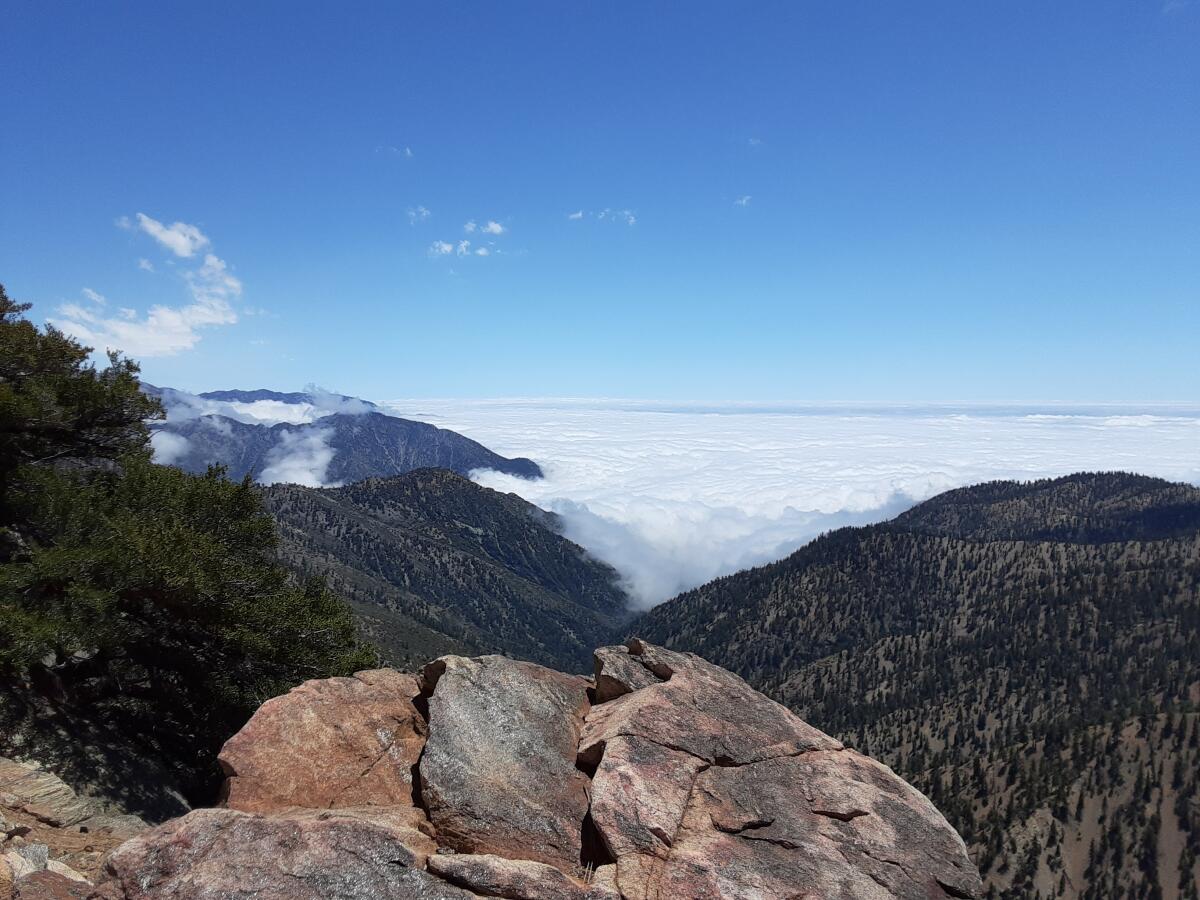
A view near the peak at Mt. Baden-Powell in the San Gabriel Mountains National Monument, taken in June 2020.
(Gregory Miller)
Today’s great photo is from Gregory Miller of Alhambra: the “beautiful wilderness” of the San Gabriel Mountains National Monument.
Gregory writes: “It is special because one only has to travel a short distance to escape to [it]. At the higher altitudes, you can also escape the heat of the inland summers.”
Have a great day, from the Essential California team
Ryan Fonseca, reporter
Amy Hubbard, deputy editor, Fast Break
Check our top stories, topics and the latest articles on latimes.com.

